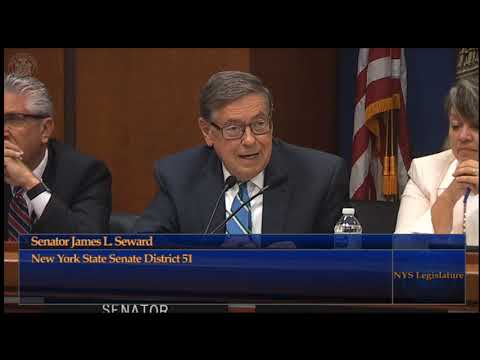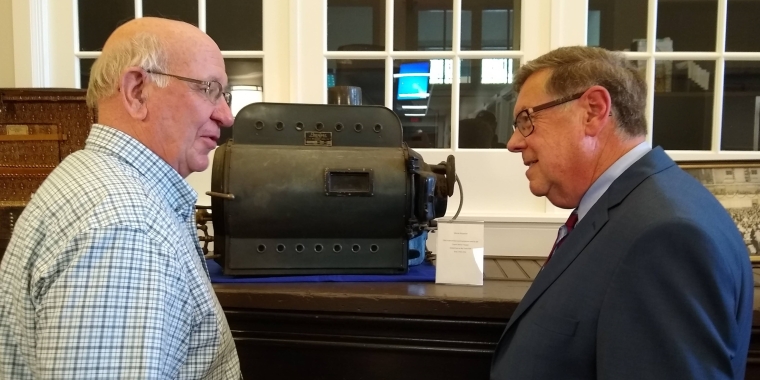
Mandate Relief On The Horizon
James L. Seward
October 21, 2010
As local governments and school districts set to work preparing budgets for the next fiscal year, one term the public will hear quite a bit is “unfunded mandates.” While you won’t find the phrase in the Merriam-Webster Dictionary, the definition really is quite simple. Basically, an unfunded mandate is a requirement passed down from a higher authority with no money to pay for its implementation.
In many cases, such mandates come straight from Washington D.C.; other times Albany is the culprit. While many may have respectable intentions, such as educating our children or providing public services, the result is that local governments are stuck with the cost of enacting the requirements. Ultimately that cost is passed on to taxpayers.
One of the measures I have fought for in Albany is genuine mandate relief.
In 2008, I co-sponsored legislation to help school districts dealing with rising expenses, including skyrocketing pension and energy costs. The mandate relief provisions of the bill included:
• A ban on unfunded mandates over a specified threshold ($1 million);
• A delay on implementation of any new regulation that has fiscal implications for school districts until the next school fiscal year;
• Elimination of numerous unnecessary reports and paperwork requirements for school districts.
The mandate relief package received approval in the state senate, passing by a unanimous 58-0 vote. However, the bipartisan legislation was never brought to a vote in the state assembly.
In 2009, I again made a full-court press for mandate relief joining a number of my colleagues in offering a budget amendment to end mandates forced on schools and local governments. The proposal included:
• A ban on unfunded mandates to prevent the legislature from imposing a mandate with a financial implication greater than $10,000 to a municipality, or in excess of $1 million when combined statewide;
• Banning mandates on school districts that will cost districts money, in order to allow for proper budgeting and planning;
• A “paperwork reduction act” to eliminate duplicative and burdensome reports;
• Energy audits that will make recommendations for alternative energy plans that will save schools money. Any district choosing to implement the recommendations will receive 65 percent reimbursement on costs;
• Increased building aid for the construction of “green” buildings;
• Incentives for districts that consolidate central maintenance and municipal services, including but not limited to lawn mowing, heating, venting, and air conditioning, and repair, maintenance, or trash collection;
• Enhanced consolidation incentives for districts;
• Sharing school superintendents in smaller school districts with enrollments of less than 1,000 students.
With one party rule taking over in Albany, the amendment did not even receive approval in the state senate, much less see the light of day in the state assembly.
This year, the fight for mandate relief continued to come from only one side of the aisle.
I again co-sponsored a measure that would have not only helped school districts control their spending, but would have also meant substantial savings for property taxpayers.
The “Homeowner Protection and Property Tax Rebate Act” calls for a permanent ban on all unfunded mandates, along with implementation of new reforms at the State Education Department to keep costs down. A property tax cap would also be instituted to ensure that school districts do their part to hold the line on spending.
While a property tax cap was eventually approved in the senate, the assembly again left town without taking up the measure. The other mandate relief proposals were also forgotten, leaving taxpayers holding the bag.
Moving forward, I remain a steadfast supporter of mandate relief. I am hopeful that in 2011 I will be joined in Albany by like minded legislators who are also ready to support this necessary priority.
#####
Share this Article or Press Release
Newsroom
Go to NewsroomSeward Calls for Updated Limo Safety Laws
October 2, 2019

Seward Calls for Rural Broadband Expansion
September 17, 2019

Seward Delivers Funding for Town of Homer
September 6, 2019

